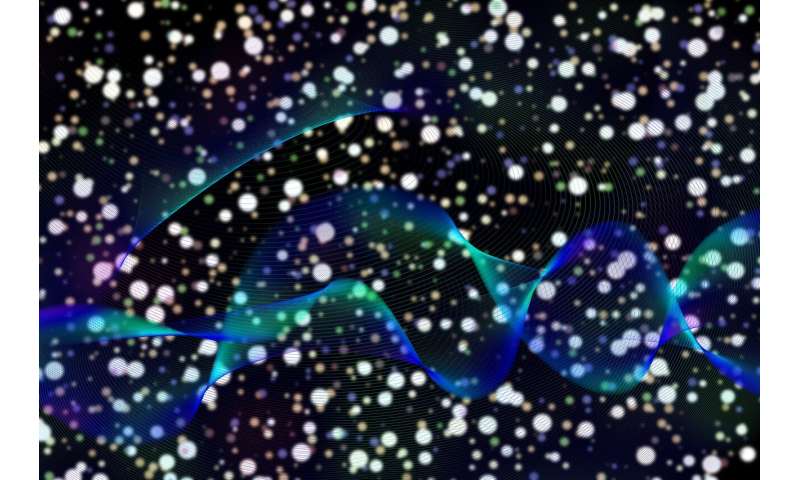Phys.org February 19, 2020
An international team of researchers (USA – Stanford University, China) tricked the photons—which are intrinsically non-magnetic—into behaving like charged electrons by sending the photons through carefully designed mazes in a way that caused the light particles to behave as if they were being acted upon by what the scientists called a “synthetic” or “artificial” magnetic field. They designed structures that created magnetic forces capable of pushing photons in predictable and useful ways. To bring photons into the proximities required to create these magnetic effects, the researchers used lasers, fiber optic cables and other off-the-shelf scientific equipment. In the short term, this control mechanism could be used to send more internet data through fiber optic cables. In the future, the discovery could lead to the creation of light-based chips that would deliver far greater computational power than electronic chips…read more. TECHNICAL ARTICLE

Credit: CC0 Public Domain